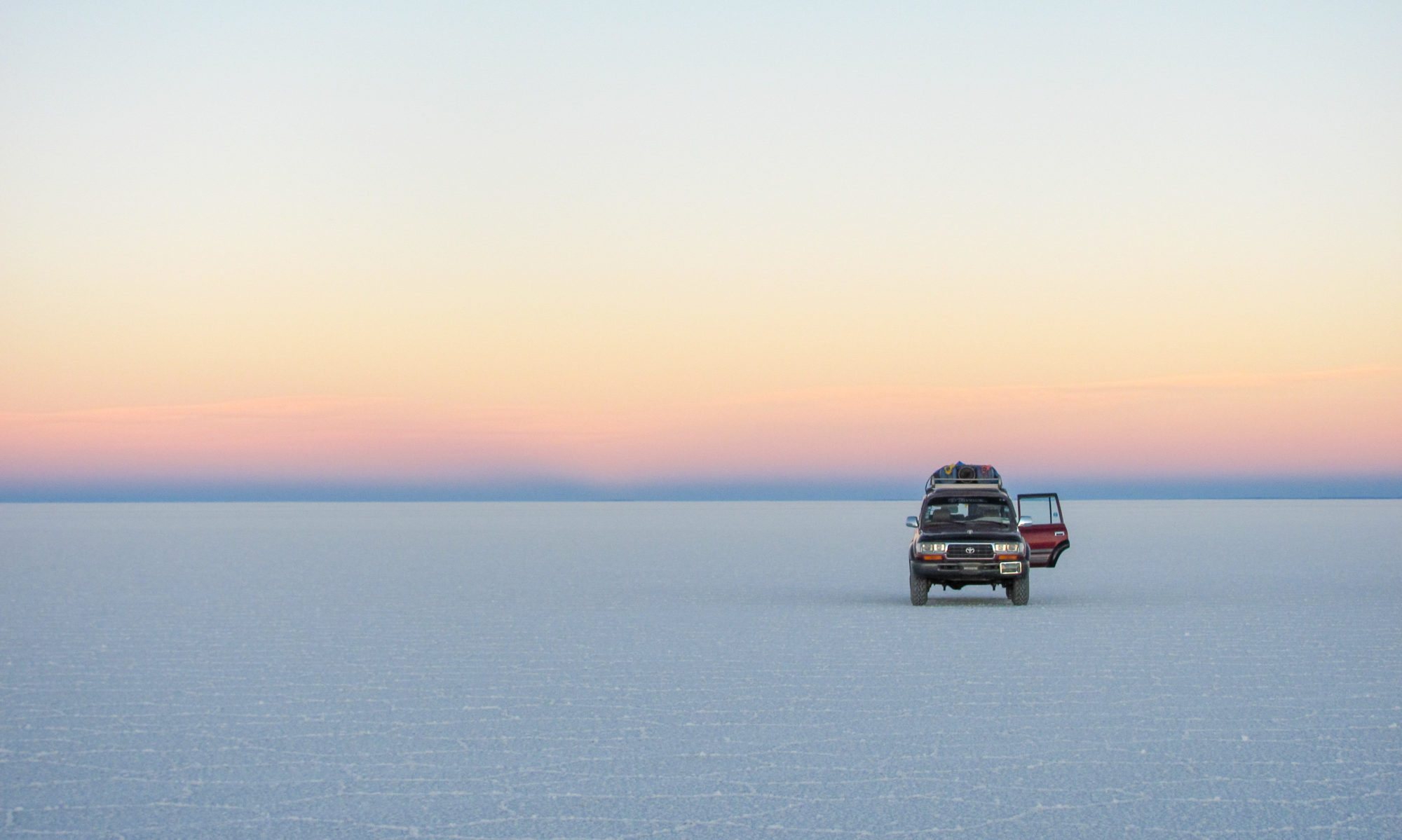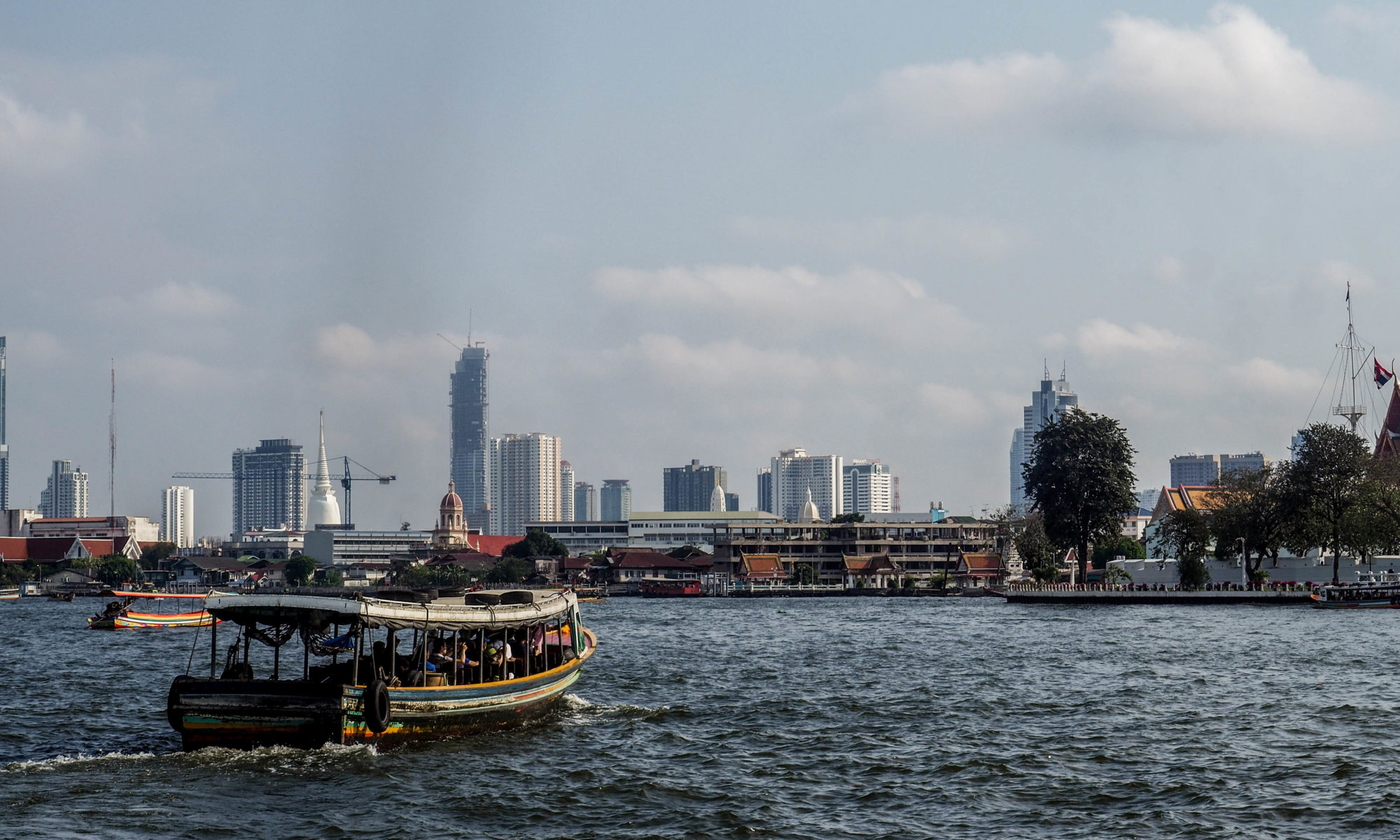Bangkok, the capital of Thailand is one of the most exciting cities in South-East Asia. And after having visited for 5 times, I still haven’t even seen half of it. With countless of beautiful temples, amazing and bizarre nightlife and delicious street food on every corner, it is hard not to find anything you love in this city. But Bangkok is also big, the city alone has more than 8 million citizens, and if you don’t have any plan its easy to get lost in all its chaos. I am here to make sure you don’t. If you are visiting Bangkok for the first time, this article is a must-read.
- Practical information
- Which area to stay
- What to do in Bangkok
- What NOT to do in Bangkok
- Eating & Sleeping Recommendations
– Practical information –
When
Like the biggest part of South-East Asia, Bangkok receives its best weather (sunny days, little humidity and relatively mild temperatures) between November and March. At the end of March, the temperatures rise and a month later so does the humidity. Rain starts to become more prevalent mid-May which is when the rainy season starts. But even in the rainy season, most days have a few hours of sun. And with rain, comes lower-rates on everything.
Budget
Bangkok can be as cheap or as expensive as you want. Generally, it is a bit more expensive than the rest of Thailand (excluding the Thai Islands, where the prices can rise above Bangkok-level). Street food can be found as cheaply as 25B a meal (70 cents), a cheap hostel will set you back 200B (EUR 5/ USD 6), and a single ride on the metro or sky-train about 40B (EUR 1/ USD 1.10). On the other hand of the spectrum, there are sky-bars that charge 15 USD for a cocktail and 5-star hotels that cost 300 bucks a night.
In & Out
Suvarnabhumi International Airport
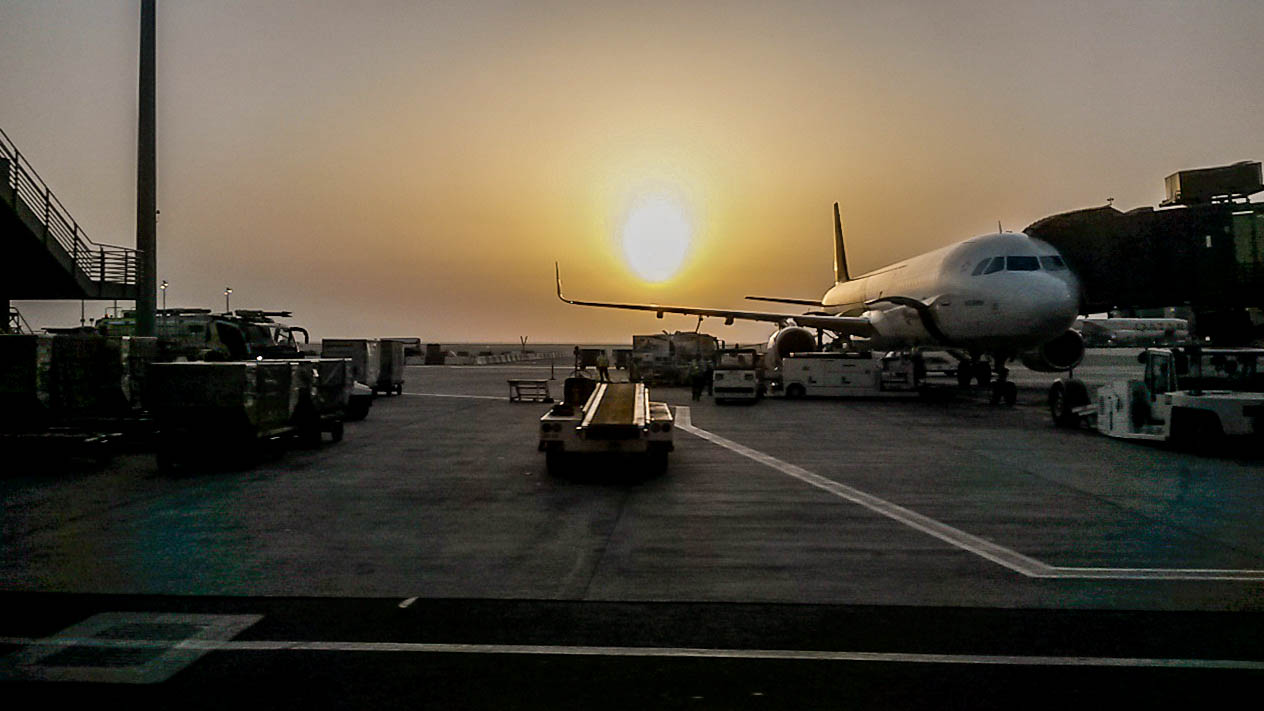
Bangkok’s international airport, Suvarnabhumi, is a huge travel-hub for both Thailand-bound travellers as well as people that are on their way to Cambodia, Laos or Myanmar. Chances are high this is your point of entry into the country and the city.
Getting from the airport into the city is easy, you go to the bottom level of the airport where you take the Airport Rail Link (blue line) to Praya Thai. If you stay in Banglamphu (the old centre – where the temples and Khao San Road are), you get off here and haggle for a decent cab or tuk-tuk fair to your final destination. If you are pale as snow (European winters right?), don’t speak a word of Thai and are carrying a 60L backpack, you are going to have a hard time haggling down to anything below 100baht. Just know that a fair price for that distance would be about half of that.
If you are staying in Silom, Sukhumvit or Ari (read my article on the hip neighbourhood and why you should stay there!) you can switch at Praya Thai from the Airport Rail Link onto the BTS Skytrain, and take that line to get to your final destination.
Hua Lamphong Railway station
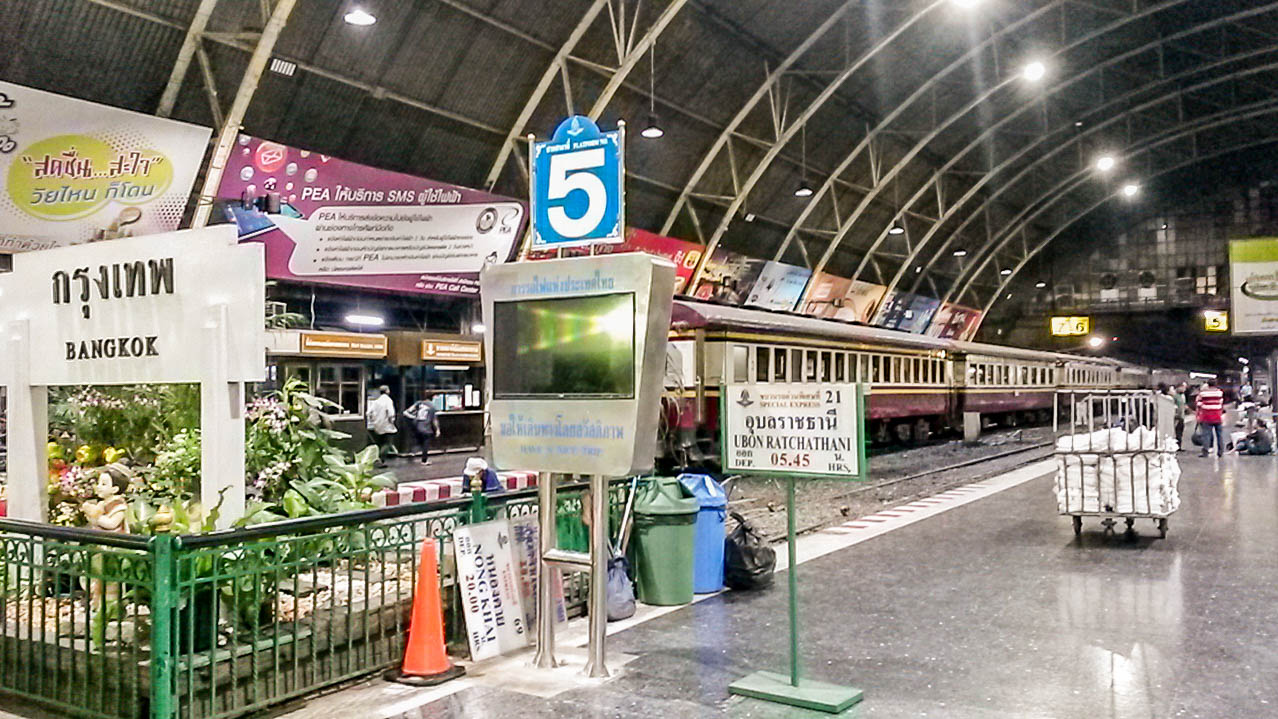
Bangkok’s main railway station is Hua Lamphong (sometimes called Krungthep – write down both names just to be sure) which can be reached either by taking the MRT underground-line (the Bangkok metro) or the Chao Phraya river-taxi. If you are looking for a direct connection or have to be at the railway station really early – take a tuk-tuk or taxi, which will set you back approximately 100 baht.
Hua Lamphong is the main station for both the North-bound lines (Ayutthaya, Chiang Mai) and the South-bound lines (connections to Krabi and the Thai islands) in Thailand, so if you travel into Bangkok by train chances are very high you’ll arrive on this station. If you are travelling onwards to Cambodia, read my article on how to get to Siem Reap from Bangkok, as cheap as is possible. All train tickets can be bought at the railway-station or using a third-party online. Take into account that the night-train to Chiang Mai will, most likely, be booked full if you do not buy your tickets at least 3 days in advance.
Bangkok bus terminals
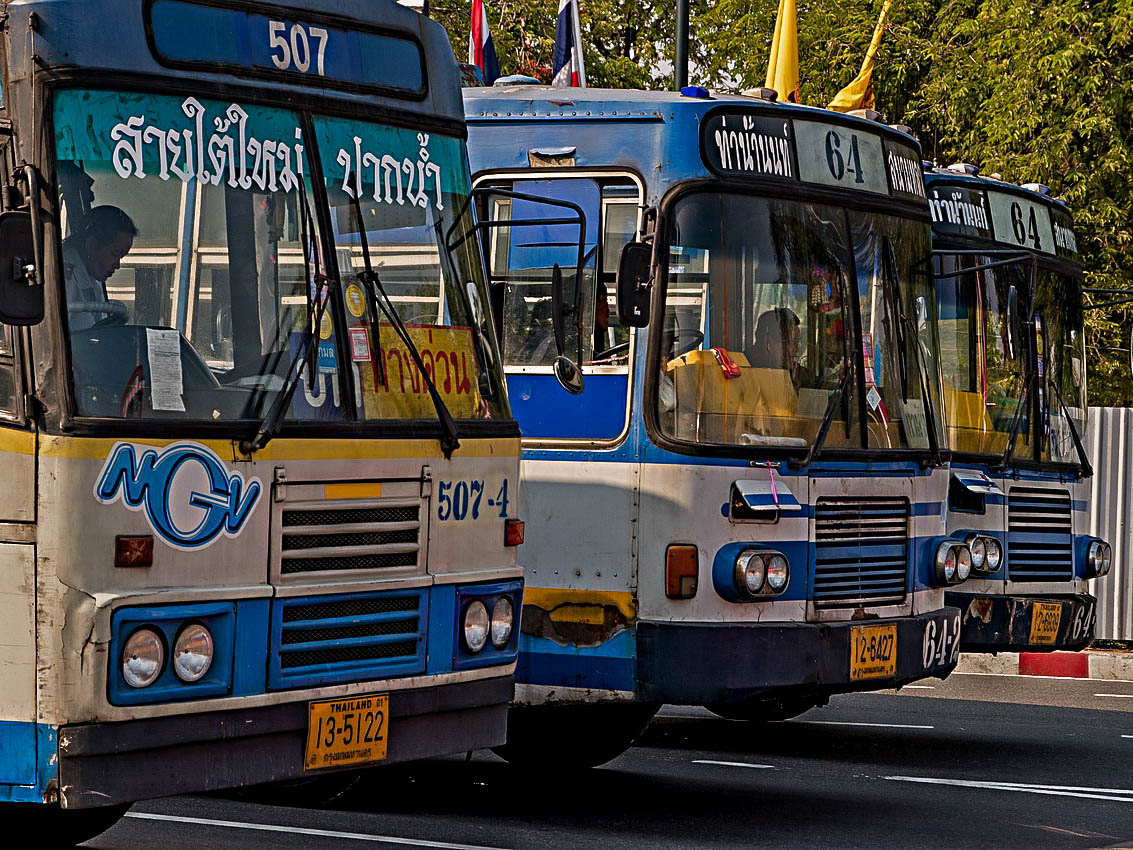
Bangkok has several bus terminals all fairly easy to reach. Which terminal you want to go depends on your destination. Travelling North? Then you should head to Mo Chit. Travelling South? Sai Tai Taling Chan is the way to go. Travelling eastwards (Pattaya)? Go to Ekamai. All bus terminals are easy to reach from the international airport. Take the free shuttle bus to the Survanabhumi bus terminal, from where you can take a bus to all three stations. There are also direct buses from here to several destinations (amongst others, Pattaya, NongKai (at the Laos-border)).
The biggest of the terminals is Mo Chit, which also has its own Skytrain BTS station (Mo Chit station) and can also be reached from Chatuchak MRT metro-station (both stops are still about a 15-minute walk to the actual bus station). Ekamai also has its own BTS station. Sai Tai (short for Sai Tai Taling Chan) is harder to reach and I advise to use a tuk-tuk or taxi to get here. Alternatively, you can travel to Mo Chit and take a minibus from there for 35B, but this is a big detour.
– which area to stay –
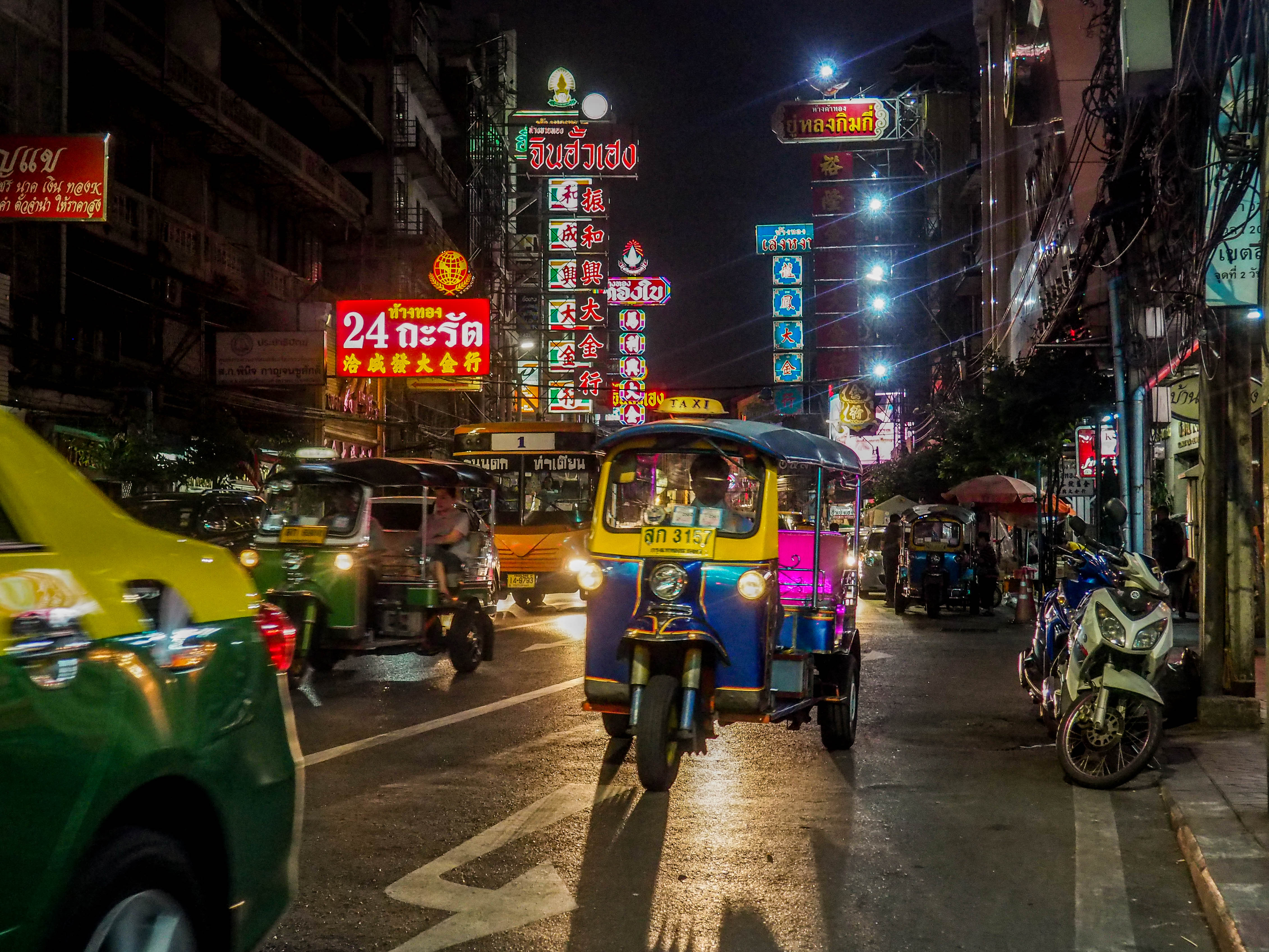
Choosing the right area to stay is important in a city the size of Bangkok. Most visitors opt for either Silom, Sukhumvit or Banglamphu. Silom is Bangkok’s business district, which means high skyscrapers, fancy restaurants and fancy hotels. Sukhumvit is the area that stretches the Sukhumvit road, the longest road in Bangkok. In this area, there are even more luxury hotels, fancy restaurants and the best clubs and rooftop bars in the city are located in this area. Sukhumvit is also the area of Bangkok’s red-light district, with Patpong and the infamous Soi Cowboy as prime locations to see the notorious ‘ping-pong-shows’. Banglamphu is the old historic centre of Bangkok, with charming streets, all the big temples within walking distance and Khao San Road for cheap cocktail-filled buckets all night long. If it is your first time here I recommend going to Banglamphu as this will be the easiest base for visiting Bangkok’s cultural highlights. The only real disadvantage is its bad connection to the BTS and MTR lines. A great alternative to the ‘big 3’ is the upcoming hipster area called Ari.
– What to do –
Sights
The first tip that you must take to heart: ignore friendly strangers. The Banglamphu area is infested with local ‘guides’ that will tell you that, unfortunately, the temple that you want to visit is closed today, but that they know a great alternative and fortunately enough, they have a tuk-tuk to take you there! What a coincidence. Needless to say, this is a scam. All temples are open daily unless there is very special occasion. Also be very sceptical when people try to tell you an entrance to a certain temple is ‘very far away, cannot walk’, especially when you thought it was close. It probably is. Probably another scam. You will notice (or not) that I left out the Grand Palace. Why? Because in all honesty, I think it is overrated, often overcrowded and definitely over-priced (500B). Unless you are staying more than 3 nights in Bangkok, I would not include the Grand Palace on a first visit (I will write an article on an extended/ second visit to Bangkok later this month).
Wat Pho
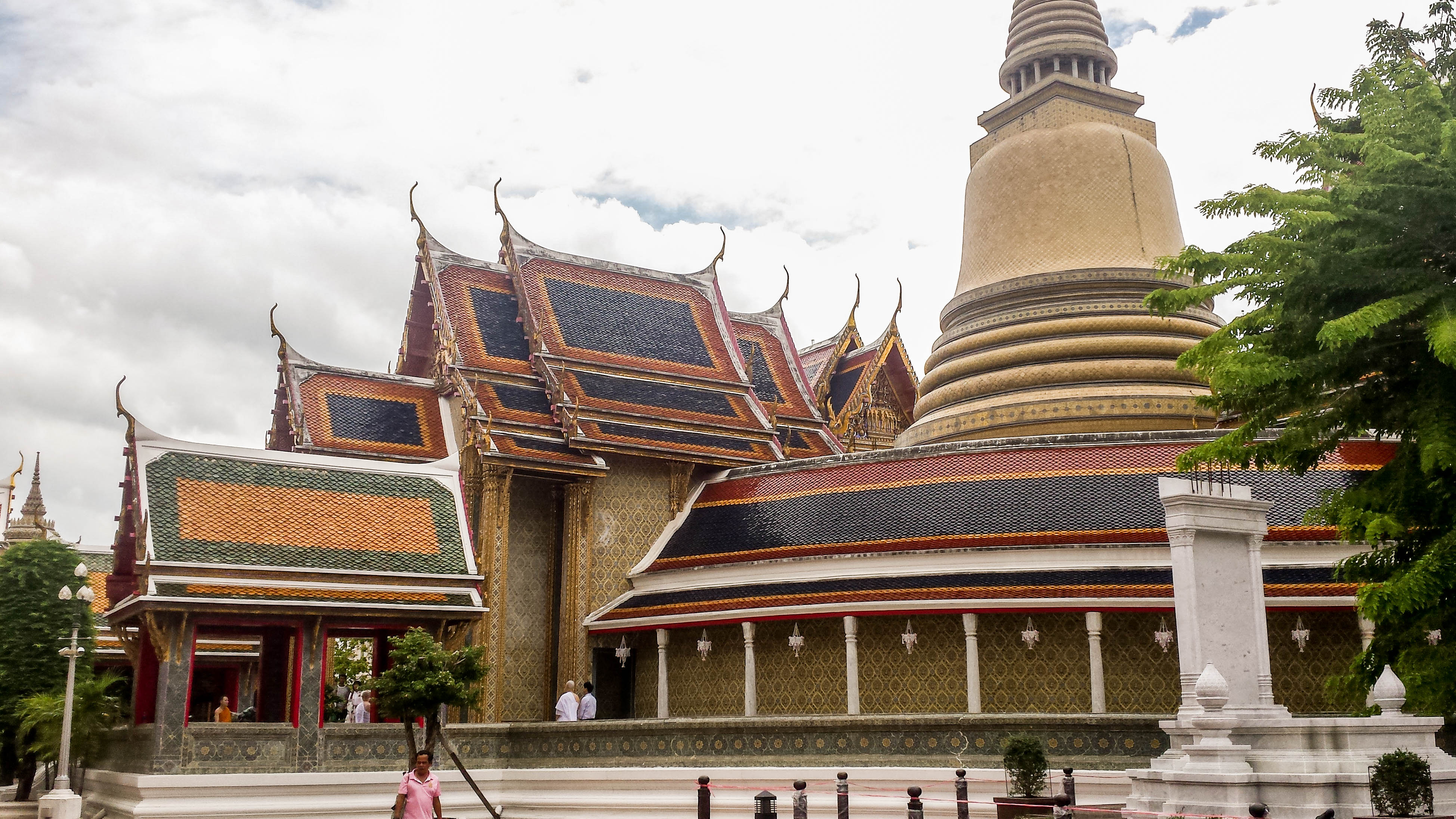
Entrance fee: 100B. At the river-side next to the Grand Palance (get off at Tha Tien-pier if you travel by river-taxi) lies the biggest and oldest temple in Bangkok. Wat Pho dates back from 1788 and has over a thousand (1000!) depictions of Buddha, including the famous 46-meter long reclining Buddha. Get here early to avoid the morning rushes and the midday sun (the reflective coloured mosaics combined with hundreds of tourists all cramped together in tiny pathways between the big temples and stupas make this place boil in the midday heat). Wat Pho is impressive both because of its size and the extravagant decorations on its temples. The downside of visiting this temple-complex, once you’ve seen it most other temples will look small and bland.
Wat Arun
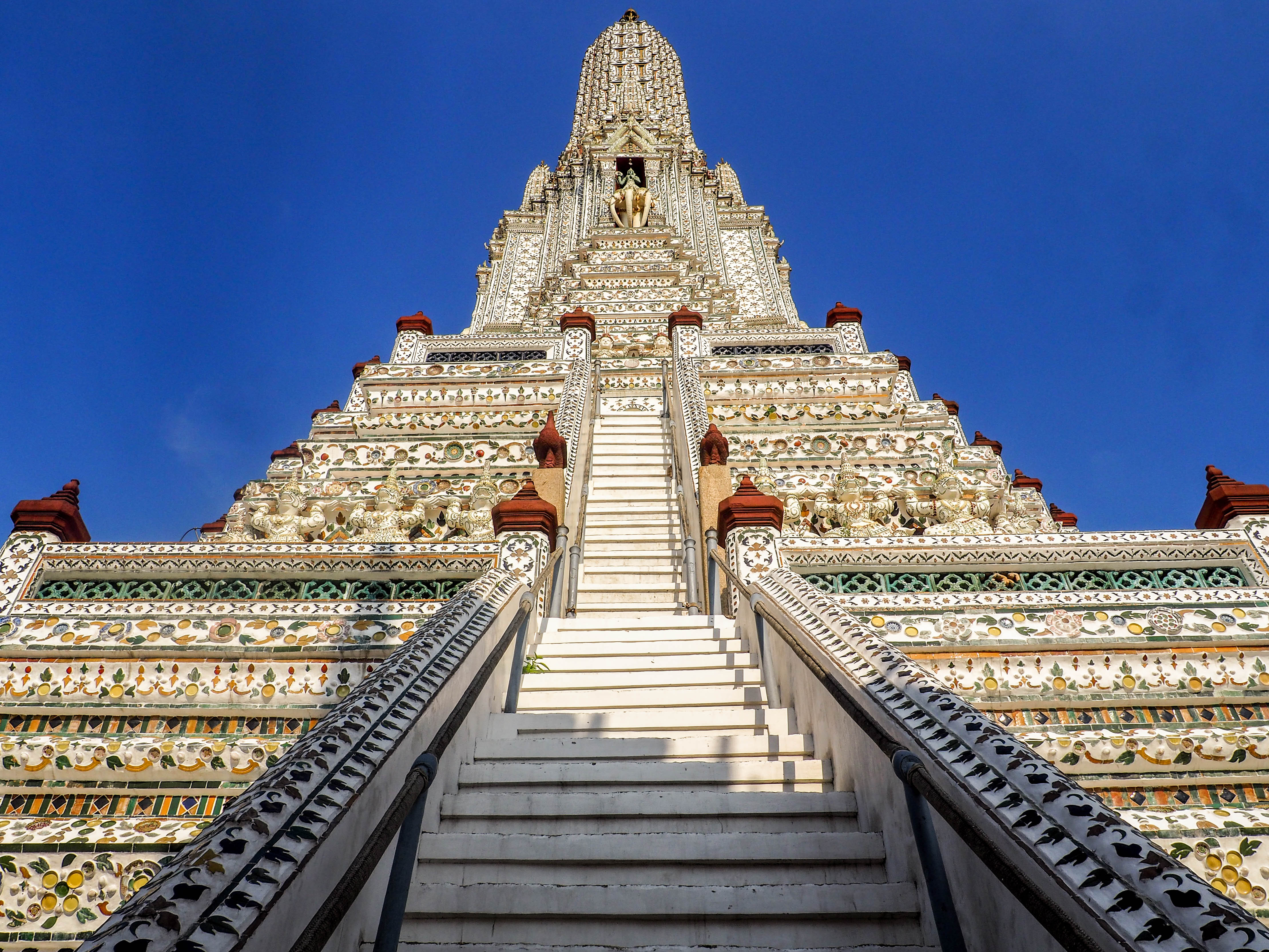
Entrance fee: 50B. Probably my favourite temple in Bangkok is the ‘temple of dawn’, or Wat Arun. When I visited it for the second time in 2014 it was all in scaffolding so it was a delight to see it in its fully restored glory on my last visit early 2018. Wat Arun is a small complex, and you will not need more than 30 minutes to see it all. But its stark-white appearance and its river-side location make it an impressive sight, even from a distance. To get there you will need to take a ferry at Tha Tien pier (only 4B).
Golden Mount
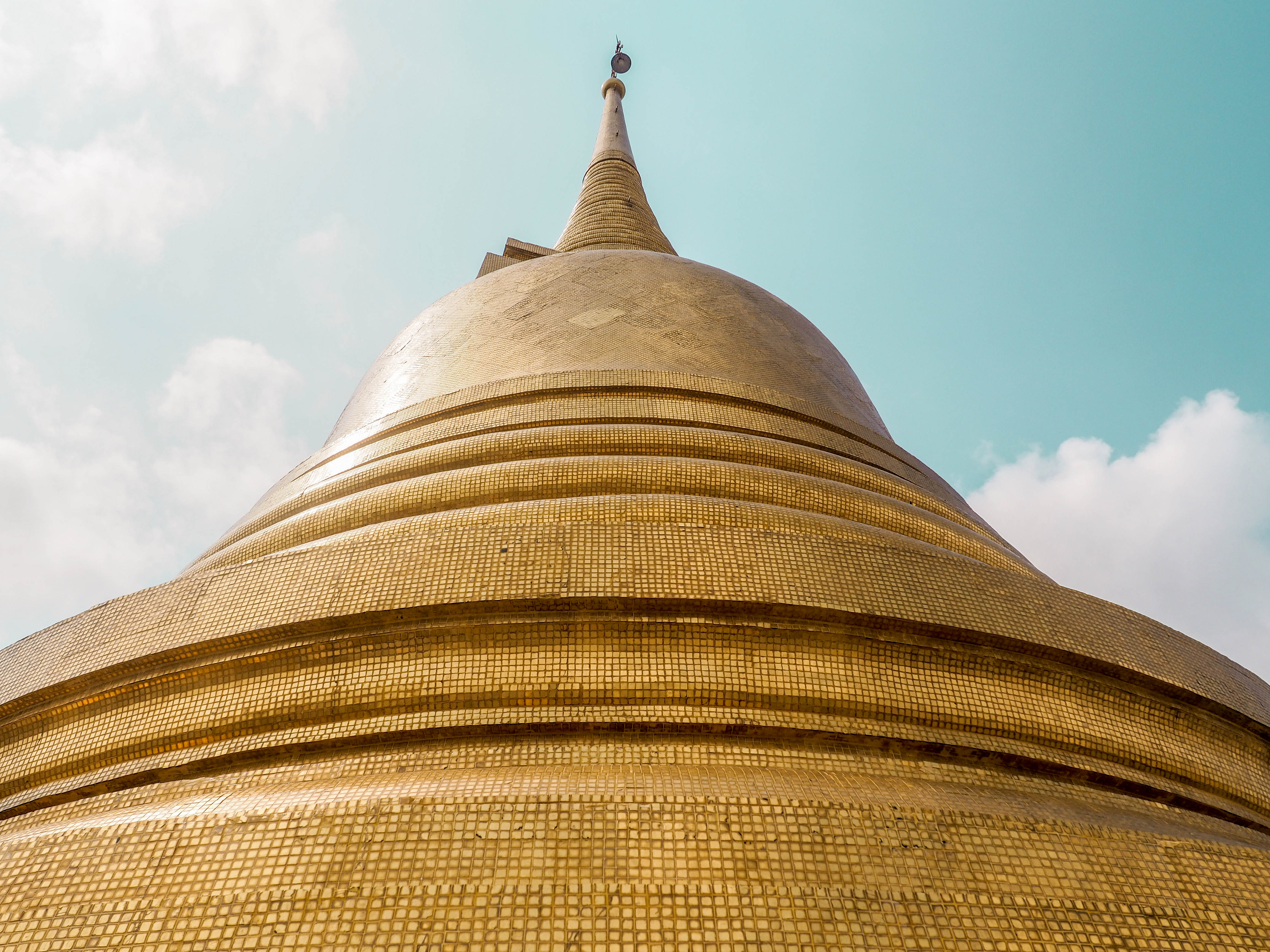
Entrance: 50B. I only visited this great temple for the first time on my last visit to Bangkok (February 2018) and I wish I would have stopped by earlier. If you are not staying in Banglamphu and want to visit all the temples in one go, this is a great first stop, as the canal-taxi (only 20B a ride) stops right in front of the Golden Mount (this is also the name of the stop, take the canal-taxi from Praya Thai). The Golden Mount (Wat Saket in Thai) is built upon a 58-meter high man-made hill, which takes you about 300 steps to get to the top. Along the way, there are many Chinese gongs that you are free to try out (this will bring good fortune according to local beliefs), and the top gives you a great view over the historic part of the city but you’ll also be able to spot the skyscrapers in the distance lining the river. Calculate in at least an hour for this visit, as the climb alone will keep you busy for a while.
Shopping Malls & Skybars
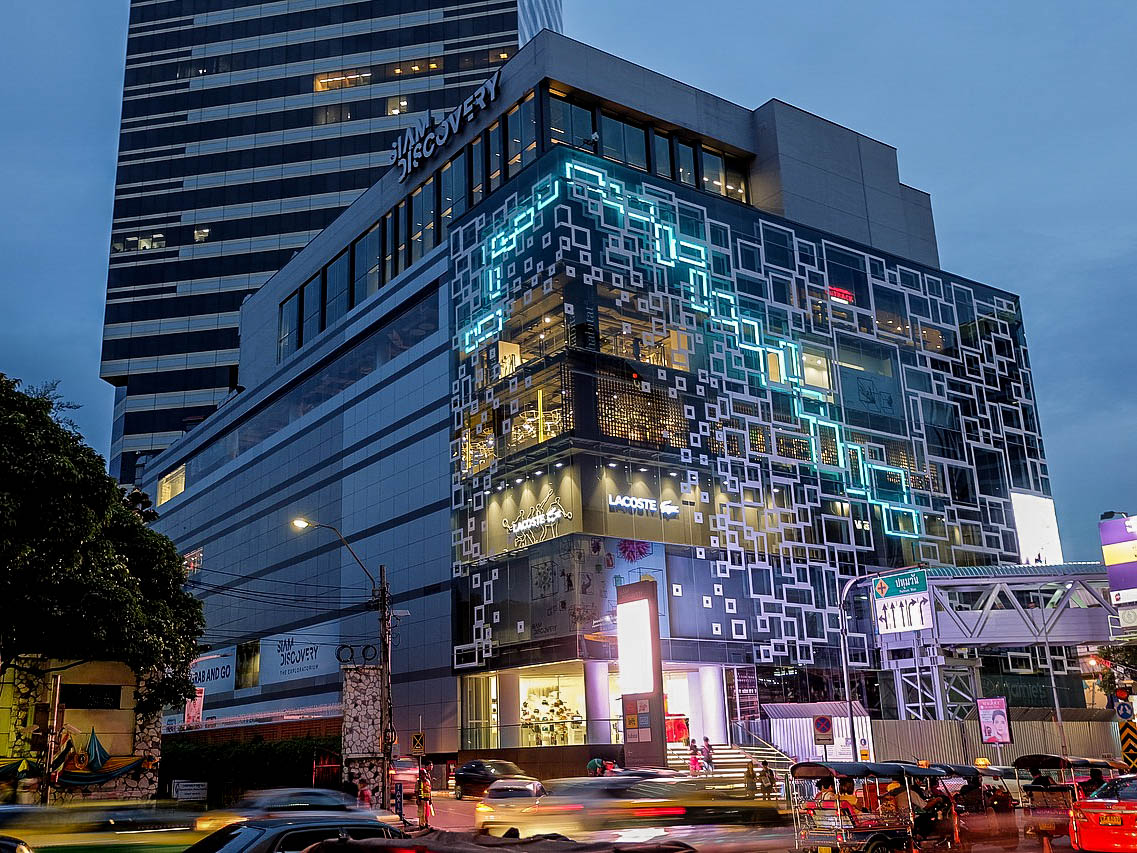
It might be the fact that I’ve seen plenty but in all honesty, my heart does not start to beat faster when I enter one of the huge shopping malls in Bangkok. If you want to go shopping however and are looking for something better than a fake-Gucci purse or the touristic crap they sell at all the night-markets, the malls are your best option. Take the BTS Skytrain to Siam and you are spoilt for choice. Go for Siam Paragon if you are loaded or just want to see where the upper-class Thai shop, CentralWorld/Z if you are looking for international brands and Siam Discovery for hundreds of shop-in-shop boutique shops.
Another thing people will tell you cannot be excluded from any Bangkok itinerary is visiting a skybar. I tend to agree more with this kind of people. Skybars are awesome. Sure, the drinks will be overpriced but the views spectacular. And most allow you to go up, snap your picture, and leave again. And be honest, is that one super-expensive drink really going to break the bank? Try Sky Bar (the one from the hangover 2) for great views, Cloud 47 for a more relaxed vibe (no dress code, drinks are actually not that ridiculously priced) and The long table for the best infinity pool in town.
Activities
Cycling in the green heart of Bangkok
One of the great surprises on my first visit to Bangkok was that it actually has a green spot in the middle of the city. Imagine a network of narrow elevated concrete pathways that criss-cross over wetlands with palms, banana-trees and other jungle-plants everywhere. Butterflies darling around complete the image. The ‘green lung’ of Bangkok (Bang Krajao) is best explored by bicycle. Many tour operators offer this green activity which often includes a bike-tour through the rest of the city. Expect to pay about 1000-1500B a person.
Visiting a floating market
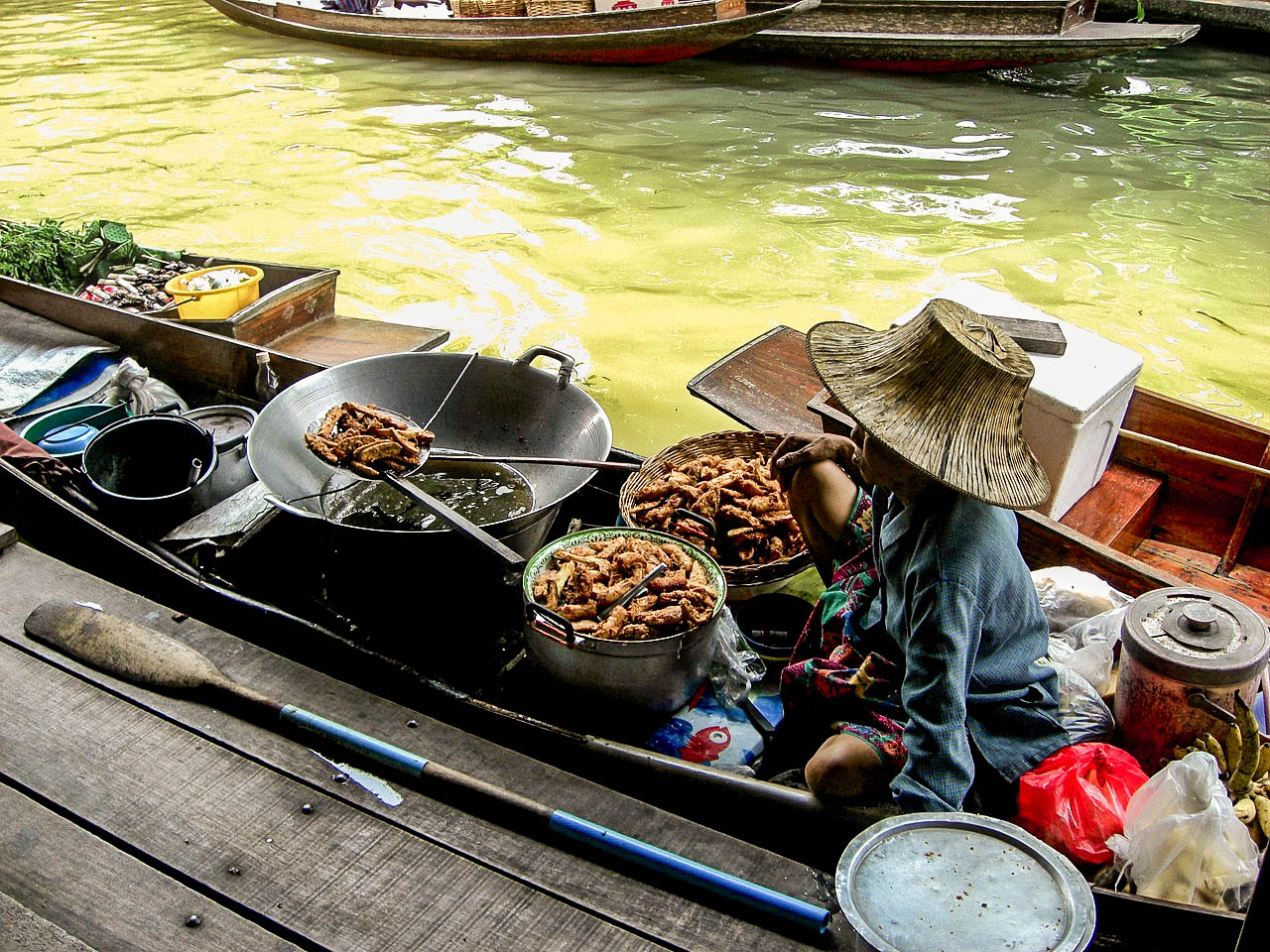
Not unique to Thailand and definitely not unique to Bangkok but it’s a great activity nevertheless. There are a couple of famous big floating markets but they are about an hour’s drive from the city and nowadays they mostly cater tourists. Opt for the Khlong Lat Mayom market for a more local experience. Take the BTS Skytrain to Bang Wa station, from there you can get a taxi or tuk-tuk that will take you there for less than 100B. At the floating market, you can do a great boat-tour for only 50B which not only takes you along the floating market but also to a homestay and some other small sights.
Seeing a traditional dance dinner show
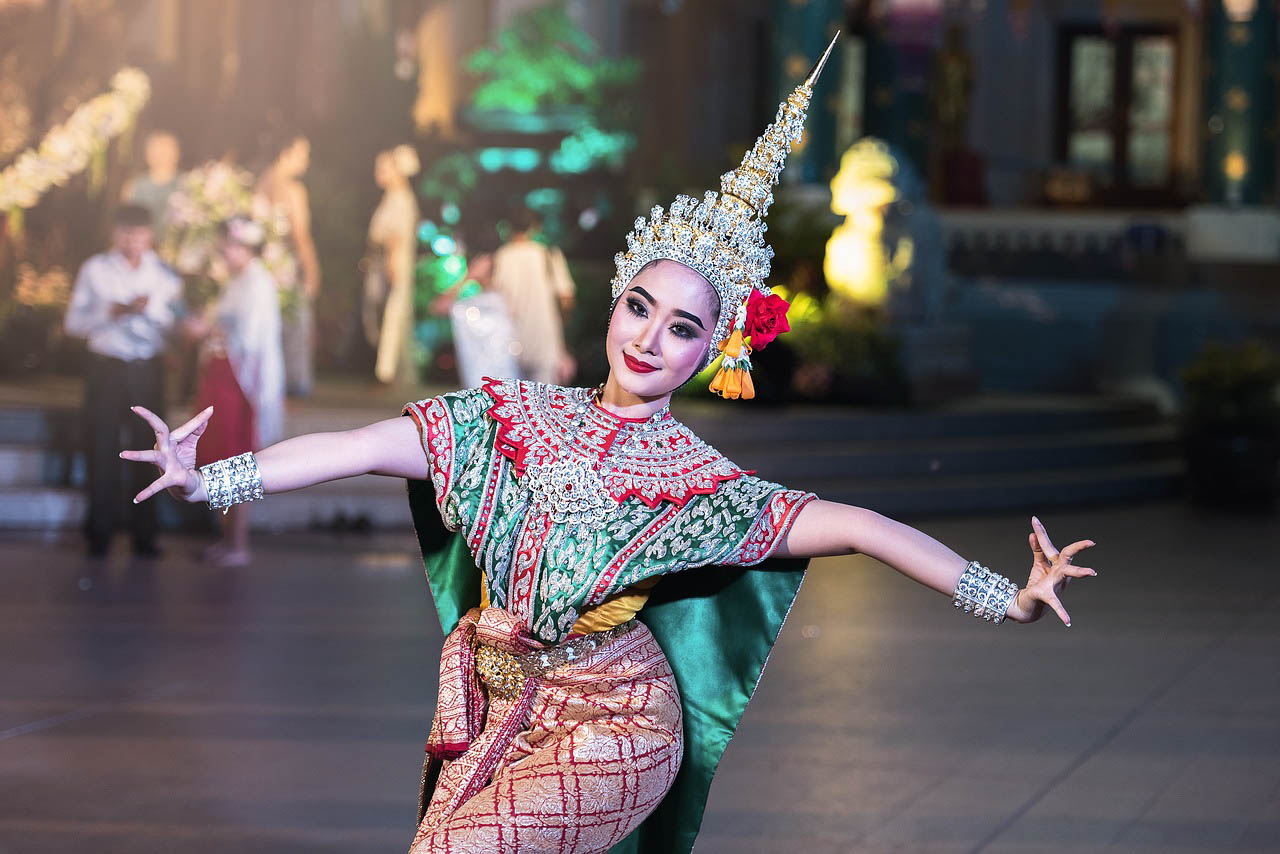
Yes, this is going to be very touristy but I just like the concept too much to not recommend it. Traditional dance dinners are provided all around South-East Asia and the concept is similar to a comedy or theatre dinner. While you are enjoying Thai delicacies you are watching a performance of Thai traditional dance. Some are more interactive than others actively trying to involve the audience in the dancing. Don’t expect an authentic experience. Most likely you will be clapping like an idiot with a bunch of other tourists at a performance that is called ‘the coconut dance’. But if the food is delicious and the show entertaining, what is there really to complain?
– what NOT to do in Bangkok –
There are so many things to do in Bangkok that it can be a bit overwhelming (I already see this article creeping up to 3000 words) on your first visit. So let me tell you which things you should skip, even though you probably heard otherwise. Do not do a cookery course in Bangkok. Not that I do not like cooking, but the courses here are overpriced and the cheap ones of mediocre quality. Since you are probably also going to visit Chiang Mai on your trip through Thailand, that is a far better place to pick-up some serious Thai cooking skills. Also skip the night markets, although Bangkok has some beautiful ones – the night market in Chiang Mai is even better, and its prices more friendly. Also visiting a Thai Boxing match is best avoided here. I am starting to sound like a tape-recorder but there we go: it’s overpriced, and you’ll find better value for money in Chiang Mai.
– Eating and sleeping recommendations –
Eating
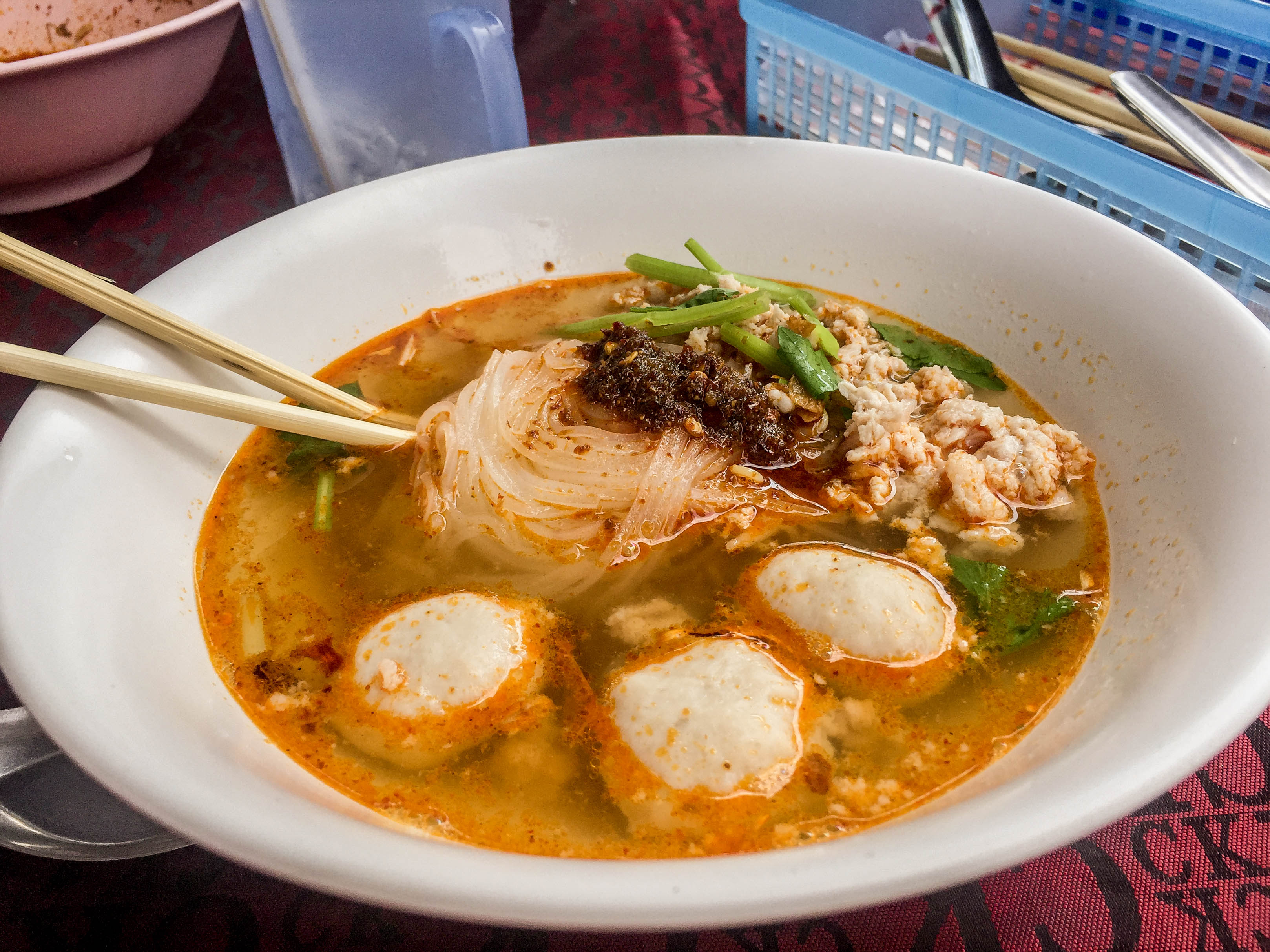
One of the most amazing things about Bangkok is that almost all its food tastes SUPER GOOD. Whether you are eating at a dirty street-stall in a dodgy alleyway (apart from the fact that this can potentially give you food poisoning) or a 5-star restaurant, whether you are in a place only frequented by locals or a super touristy spot (think Khao San Road) – the food will almost always taste nice. So I was really planning on not giving any recommendations except for a couple of area’s to go to but while typing this sentence I already know that I will break that promise.
When you are in Banglamphu and decided that you just want some Pad Thai from Khao San Road, walk a little further to the slightly quieter Soi Rambuttri. The street food is cheaper and the ambience is way better. If you want a place to sit down, try the Indian restaurant Santi, (in Soi Rambuttri) best Indian food I had in Thailand.
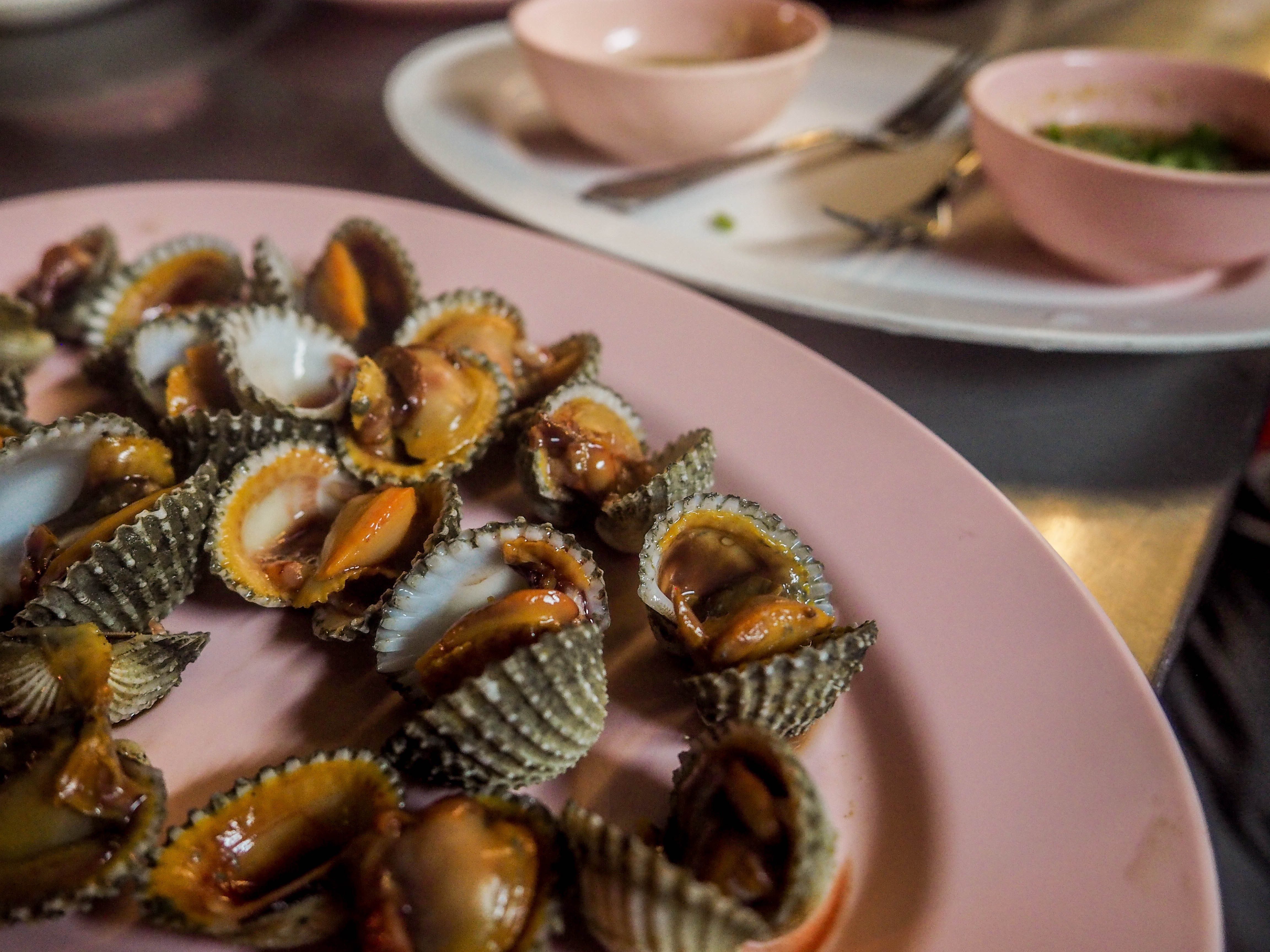
If you are truly looking for a feast of the senses you should head over to China-town. The offer of excellent Thai and Chinese street food here is just overwhelming. Just walking around in Yaowarat Road, sampling different dishes, soups, curries, skewers is a great way to spend your evening. Special recommendation: Pa Jin Cockle Yoawaraj, an amazing hole-in-the-wall where they serve the best mussels and cockles (Chinese style) that you have ever tasted.
Sleeping
Bangkok has so many excellent hotels, hostels and guesthouses that it is impossible to not find something you like. There are three places that I especially recommend because they top most competitors in their respective price range.
The Yard Hostel
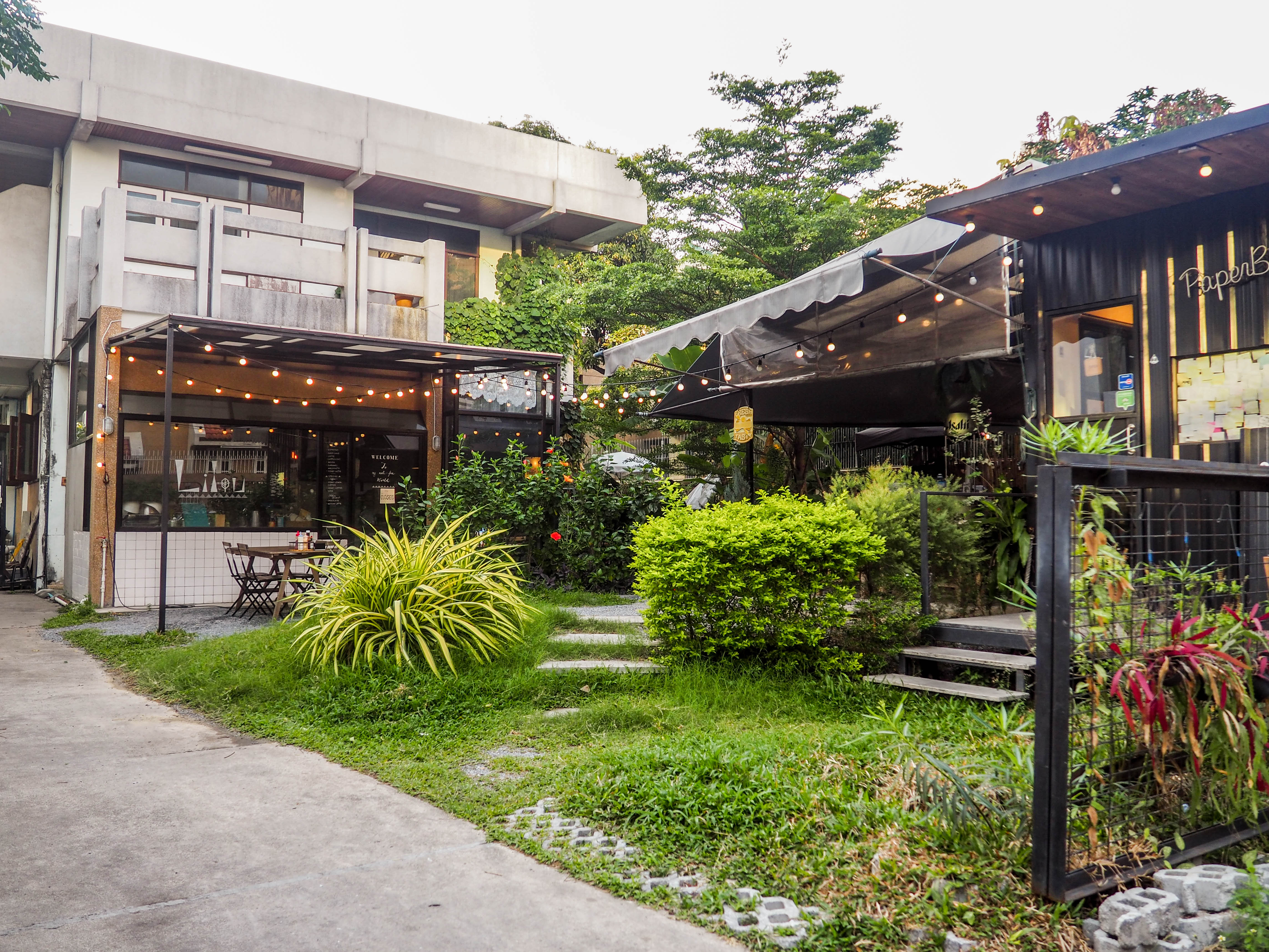
Located in Ari (the trendiest neighbourhood in Bangkok), and perfectly located en route of the BTS Skytrain, this social hostel is my top-pick for backpackers or young couples travelling together. The vibes are great, the yard (obviously, considering the name) is big and relaxing and the dorms are comfortable with great mattresses and good working air conditioning. They also do doubles if you need a little extra privacy;).
Old Capital Bike Inn
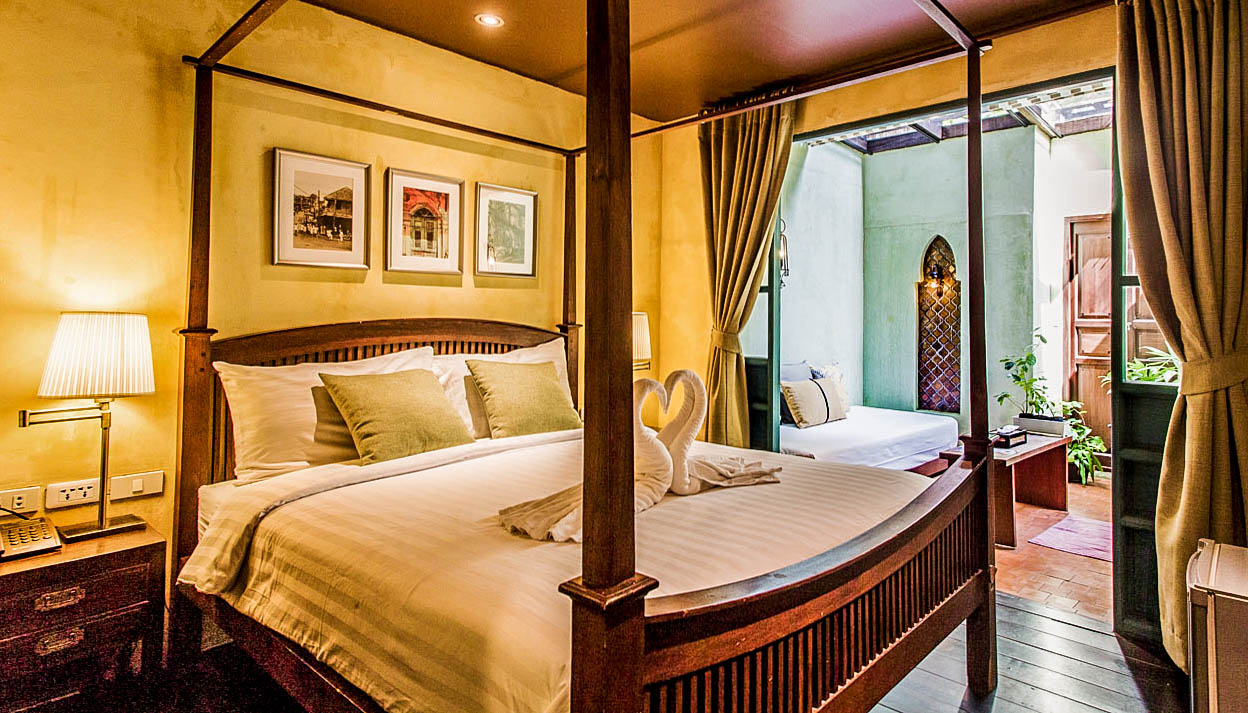
This small boutique hotel is perfectly located in the middle of the historic old centre (close to Khao San Road and all the temples), and sleeping here is like sleeping in Bangkok from the 18th-century. Both the rooms and the hotel itself is decorated in detail in an old-colonial style with a bicycle theme. Book for a few days, stay a week.
Bangkok Tree House
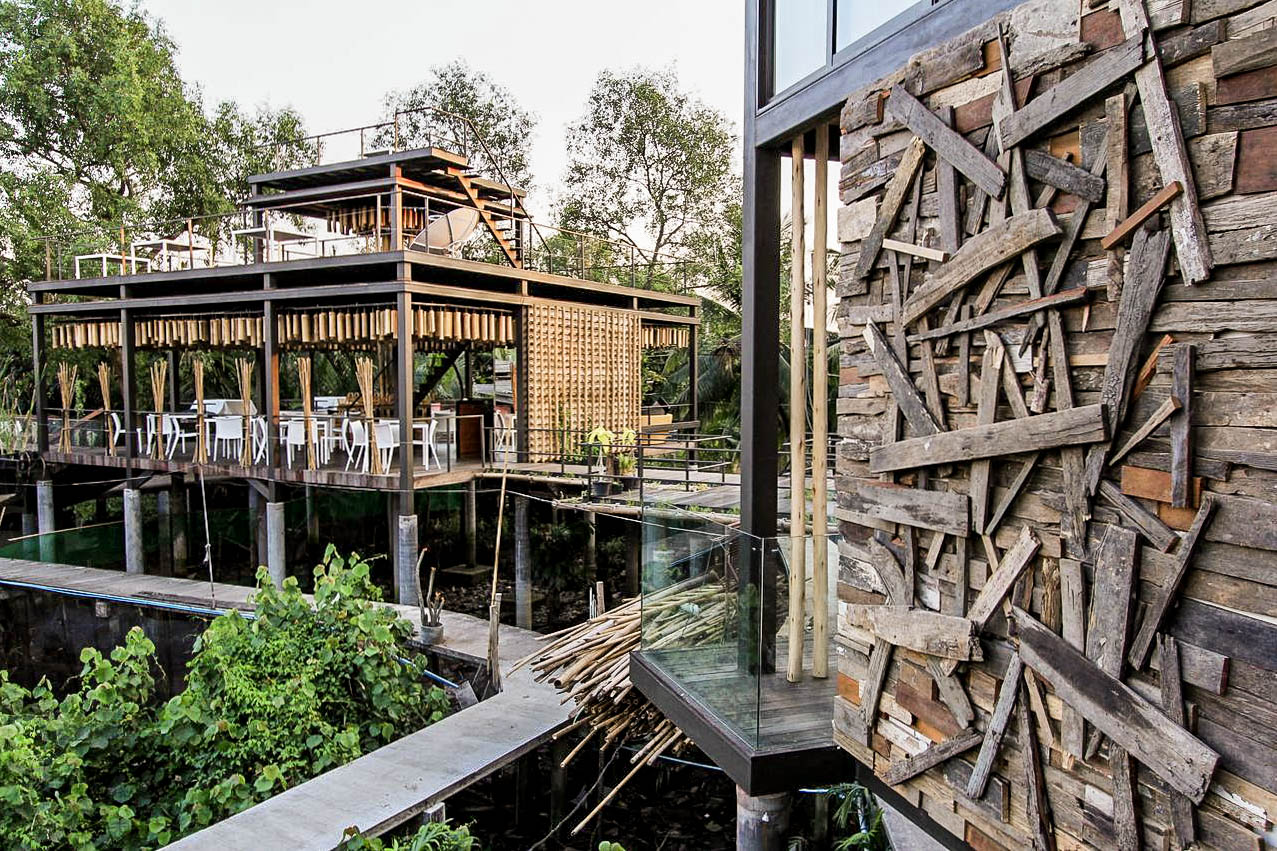
The place is very hip and the rooms are stunning. Location-wise this is not the most convenient place but the accommodation makes more than up for it. Breakfast at the leafy rooftop-terrace overlooking the river is probably the best way you can start your day in Bangkok. It is not the cheapest place in Bangkok (about EUR 100/ USD 110 a night), but you won’t find a hotel like this in every country in the world.
